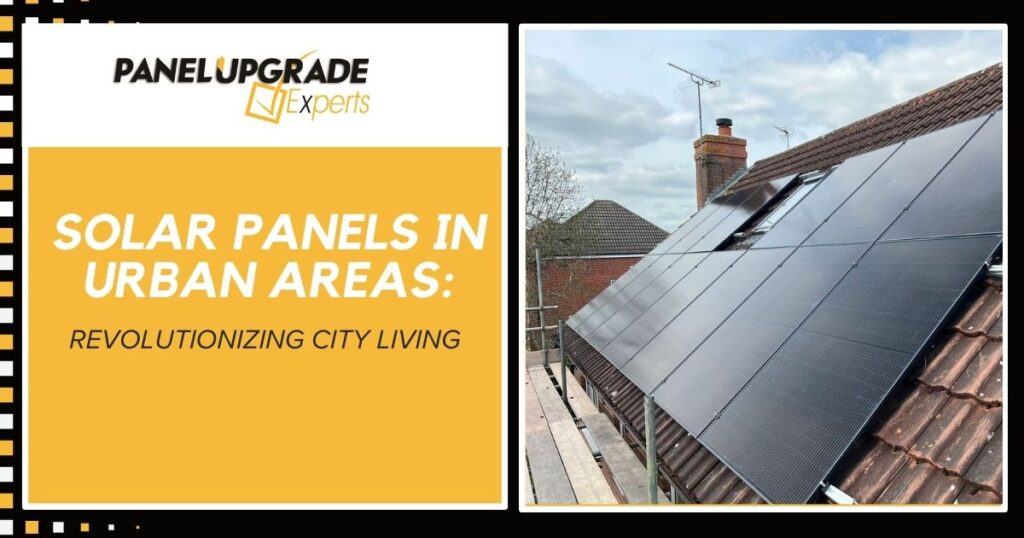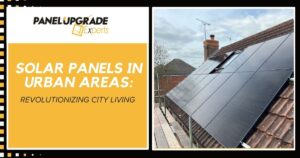Did you know that solar panels in urban areas can offer significant environmental benefits?
A recent study highlights that investing in solar farms could be more impactful in fighting climate change than planting trees.
When we look at the numbers, the advantage of solar panels becomes evident.
Gas-fired power plants, for example, release an alarming 1,071 pounds of CO2 per megawatt-hour, whereas solar panels only emit a mere 95 pounds per megawatt-hour.
To put this into perspective, an acre of solar panels can prevent between 385,000 and 436,000 pounds of CO2 from being released into the atmosphere annually—236 times the amount of CO2 that an acre of forest’s annual sequesters.
The Case For Solar Power in Urban Environments
Traditional fossil fuels such as coal, oil, and natural gas have been pivotal in propelling economic growth, yet they come with substantial environmental and health costs.
For instance, burning fuels releases various pollutants into our atmosphere, including carbon dioxide, sulfur dioxide, nitrogen oxides, and particulate matter, typically more concentrated in urban areas.
Not only do these well-known greenhouse gasses make global warming worse, but they also cause smog, acid rain, and respiratory health problems.
These sizable environmental footprints of fossil fuels underscore the urgent need for more sustainable and environmentally friendly energy alternatives.
In this context, solar power is a vital solution, particularly in urban settings.
Solar panels in urban areas allow people to use the sun’s free, endless energy to make electricity without releasing harmful greenhouse gasses or air pollutants.
Besides making the air better and healthier for city dwellers, this change fits in with major efforts to fight climate change by lowering emissions.
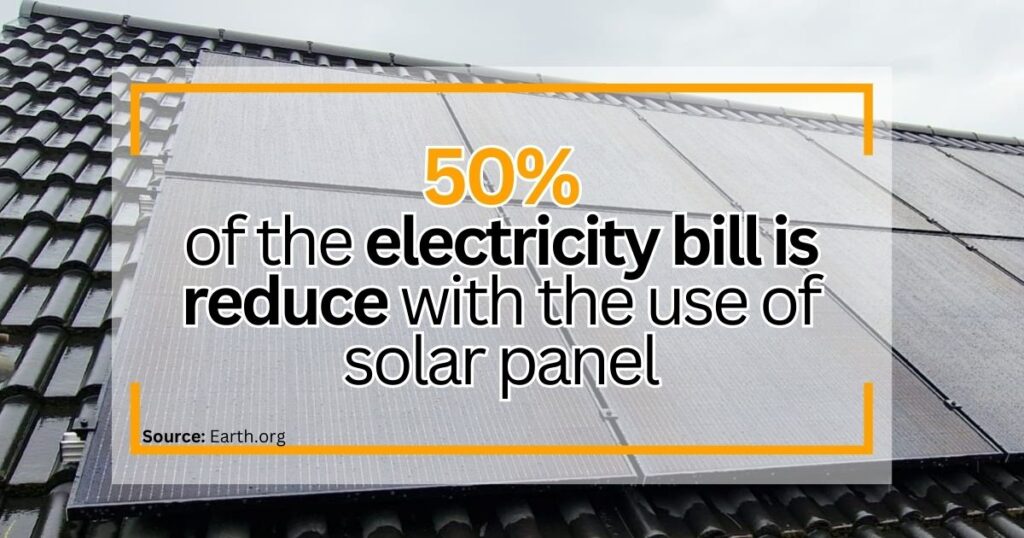
Financially, solar energy is an excellent investment opportunity. Over time, solar panels can reduce your electricity bills by over 50%. You can even make extra income by selling your surplus solar energy to your utility power provider.
As urban areas around the globe aim for sustainable growth, solar power presents itself as an effective and environmentally friendly strategy.
Solar-integrated infrastructure can help cities achieve cleaner air, lower greenhouse gas emissions, and a more sustainable future.
Solar Panels In Urban Areas Implementation
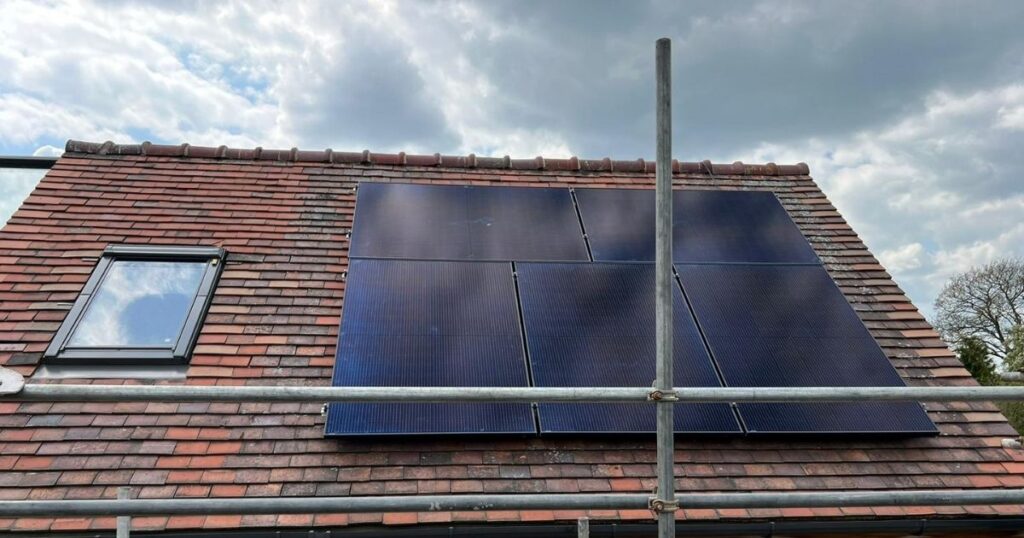
Although practical, installing solar panels in urban areas presents unique challenges compared to rural settings.
Limited space and shading, which can significantly affect solar panel efficiency, are common challenges for solar panels in urban areas.
However, having an expert solar panel installer with a knack for creativity will help you overcome the obstacles mentioned.
For example, to conserve space while maintaining ample sunlight, installers integrate solar panels directly into the architecture of city buildings.
Putting solar panels on the roofs or walls of larger apartment buildings can be especially useful because they tend to get less shade.
Installing solar panels on the roofs or walls of taller apartment buildings that get less shade can also be a good idea. Most taller buildings offer large, unobstructed surfaces ideal for solar energy capture.
In addition, integrating solar technology into building materials like solar tiles or cladding can maintain architectural integrity.
When it comes to conservation areas or heritage sites, solar installations must be sensitive to the existing historical significance.
Solutions like flush-mounted panels or systems that mimic traditional roofing materials can generate energy without detracting from the building’s appearance.
By addressing these challenges with creative and context-sensitive solutions, urban areas can effectively incorporate solar energy and advance toward a more sustainable future.
Technological Innovations and Modeling for Urban Solar Efficiency
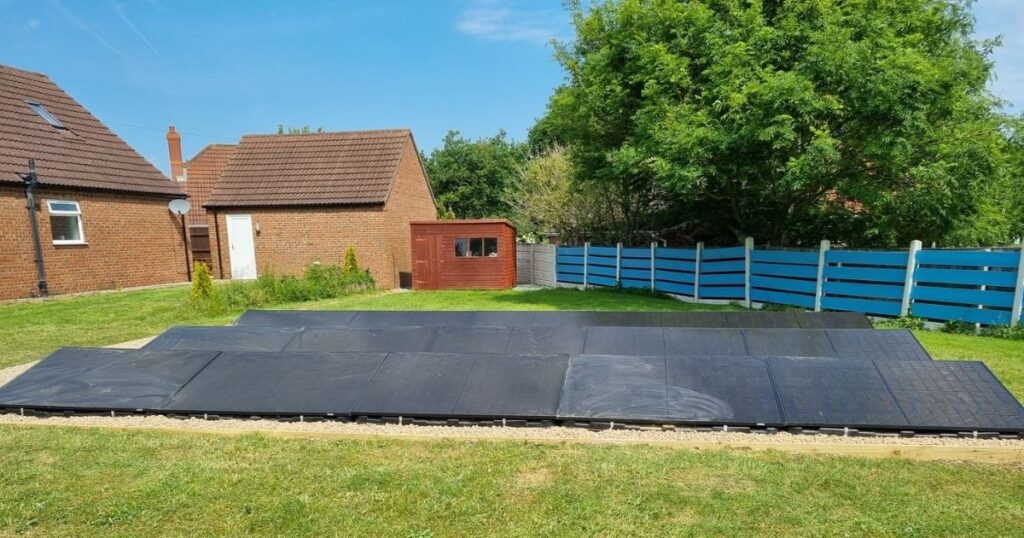
The solar energy industry is growing with new developments improving our energy systems. Thin-film solar panels and microinverters are among these innovations, which offer different advantages and efficiencies.
They help to improve the performance of solar energy systems and contribute to a more sustainable and resilient energy future.
These developments demonstrate the industry’s commitment to technological advancement and environmental sustainability.
One crucial technique applied is shadow modeling.
Shadow modeling is commonly used in urban areas to optimize solar panel placement.
It helps predict how sunlight falls on different surfaces throughout the day and across seasons, considering the angles and intensities of sunlight.
This technique is essential for maximizing solar energy collection, especially in densely populated areas with various building heights.
By finding the best places to put solar panels, shadow modeling ensures that your panels get enough sunlight, which is crucial for installations on roofs and integrated solar solutions on building facades.
Real-World Applications and Future Prospects
Solar panels are increasingly incorporated into city environments, as seen in the innovative projects in Calgary, Alberta.
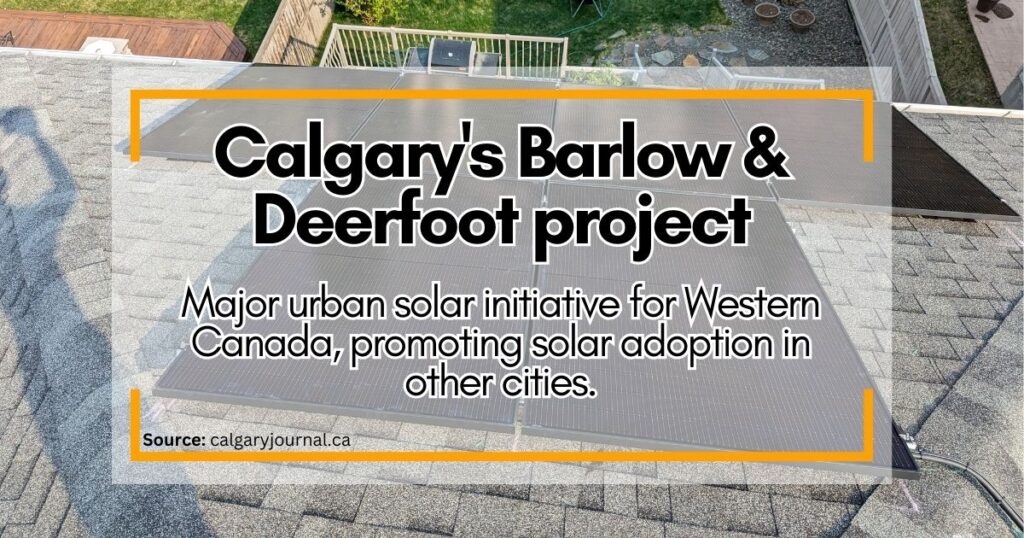
It is one of Western Canada’s largest urban solar projects in Calgary, showcasing the adoption of solar energy in Barlow and Deerfoot.
The Barlow and Deerfoot projects are expected to produce 64 megawatts of power, reflecting Calgary’s dedication to decreasing reliance on fossil fuels and cutting carbon emissions.
The goal is to offset 68,000 tons of carbon dioxide annually with 175,000 bifacial solar panels and make Alberta a leader in renewable energy by 2025.
The benefits of this project are manifold, extending to environmental preservation and economic gains through lowered electricity costs and income from surplus energy production.
Engaging the community is crucial for the success of these solar projects in Calgary. Involving residents fosters a collective commitment and active participation in achieving sustainable practices.
Installing solar technology in infrastructure projects, such as affordable housing, reduces energy costs for low-income communities, promoting sustainable urban living.
The potential for solar technology in cityscapes is immense, with Calgary’s endeavors exemplifying its feasibility. As urban areas grow and seek sustainable alternatives, solar energy emerges as a pivotal element in the evolution of energy solutions.
Adding more solar energy to cities can make them more energy-independent, protect them from changes in the energy market, and ensure they always have enough energy supply.
With continuous technological progress and improved policy incentives, urban regions globally are positioned to adopt a more sustainable and resilient future.
Calgary’s progress in making energy and lowering carbon emissions is an example for cities worldwide that want to use solar energy.
Panel Upgrade Experts! From Urban Space To Sustainable Oasis
Are you ready to make a significant environmental impact right in your urban backyard?
Join the renewable energy revolution and embrace a cleaner, greener future with Panel Upgrade Experts!
Our expert team specializes in overcoming the unique challenges of urban solar panel installation, ensuring you harness maximum sunlight and energy efficiency, even in the most compact spaces.
Whether it’s rooftop installations or integrating solar technology into your building’s architecture, we’ve got you covered.
Invest in solar power with us and enjoy reduced emissions, lower energy bills, and a sustainable urban environment.
Take action now! Contact Panel Upgrade Experts today and turn your urban space into a model of green living!
Final Thoughts
Integrating solar panels in urban areas is a crucial step towards sustainable city living. It offers environmental benefits, such as significant CO2 emission reductions.
Urban solar power helps to mitigate pollution, improve air quality, and provide economic incentives, making cities healthier and greener.
Even though there are challenges, they are solvable with the right expert solar panel installer.
Calgary, Alberta, serves as a model for global sustainability, exemplifying the success and potential of urban solar initiatives. Embracing solar energy ensures urban resilience, energy independence, and a sustainable future.
It highlights the necessity for cities to lead in adopting renewable energy solutions.
FAQs
Can solar panels heat a local urban environment?
Solar panels convert sunlight into electricity, reducing the need for conventional electricity generation. They absorb less heat than traditional roofing materials and asphalt, which can help reduce the heat island effect in urban areas.
What are the benefits of solar panels in the community?
Solar panels have multiple benefits for communities. They reduce reliance on fossil fuels, lower electricity bills, enhance energy security, and offer educational opportunities. Implementing solar energy projects in underserved areas can improve social equity.
What is the best area for solar panels?
Ideal areas for solar panels include those with high solar irradiance, suitable roof space, and community solar opportunities.
Prioritizing degraded lands, rooftops, and parking areas over greenfields can help mitigate land use concerns.
In urban areas, utilizing rooftops, parking lot canopies, and brownfields are effective strategies to harness solar energy.

